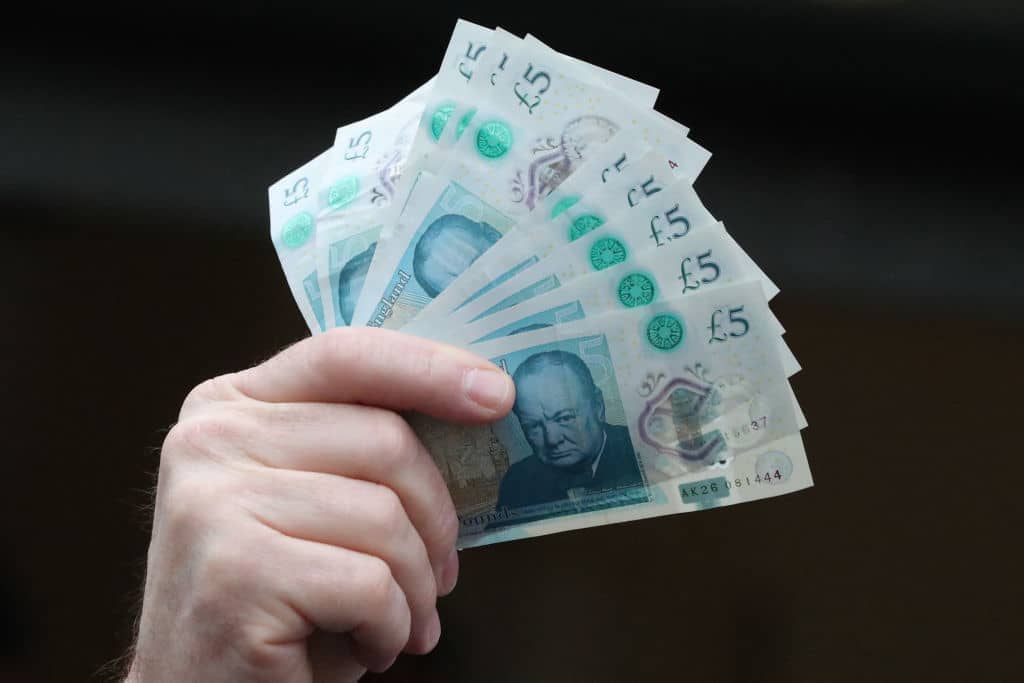Whatever happened to the great surge towards a cashless society which the pandemic was supposed to bring about? As I wrote here in February 2021, the cashless lobby was ruthlessly exploiting the pandemic in order to push for its nirvana in which we would be forced to pay for everything electronically, either via cards or phones. But the campaign doesn’t seem to be going too well. This week the Post Office reported that £801 million worth of personal cash withdrawals were made from its branches in July, an 8 per cent rise on June and a 20 per cent rise on July 2021.
Of course, we shouldn’t read too much into figures from the Post Office alone, to which some people may have turned as a result of their local bank branch having closed or their nearest cashpoint having been removed. But the Bank of England’s statistics on banknotes in circulation show a similar story. Between 2017 and 2020, the value of banknotes appeared to have plateaued, reaching £70.1 billion in 2020. And then? There was a huge surge to £80 billion in 2021 followed by a further increase to £81.6 billion in 2022.
The rise in cash withdrawals in part is due to people seeking much greater control of their spending during the cost of living crisis
A similar thing happened during the 2008/09 financial crisis: the value of banknotes in circulation jumped upwards – quite possibly as a result of people ceasing to trust banks and wanting to keep their money in physical form instead. In explaining the rise in cash withdrawals from its branches, the Post Office notes another reason: people wanting to keep much greater control of their spending during the cost of living crisis. That it is easier to part with money when you are waving a contactless card at a card-reader than when you have to physically extract bank notes from your wallet is well understood in the payments industry – and a reason why the cashless lobby is so keen for us to pay for everything electronically.
In contrast to most of the past decade, there is now a severe penalty to holding cash – it is rapidly diminishing in real value as inflation eats away at it. However, holding money in a bank account is hardly any better, with many accounts still paying derisory rates of interest of well under 1 per cent in spite of the Bank of England’s base rate at 1.75 per cent and the Consumer Prices Index (CPI) at 9.4 per cent.
If the cashless lobby really wanted to persuade us to give up cash, its best hope surely is for banks, building societies and online payments services to start offering a proper rate of interest on our balances. That would be a better strategy, I think, than trying to convince us (wrongly) that coins and banknotes spread Covid 19.







Comments